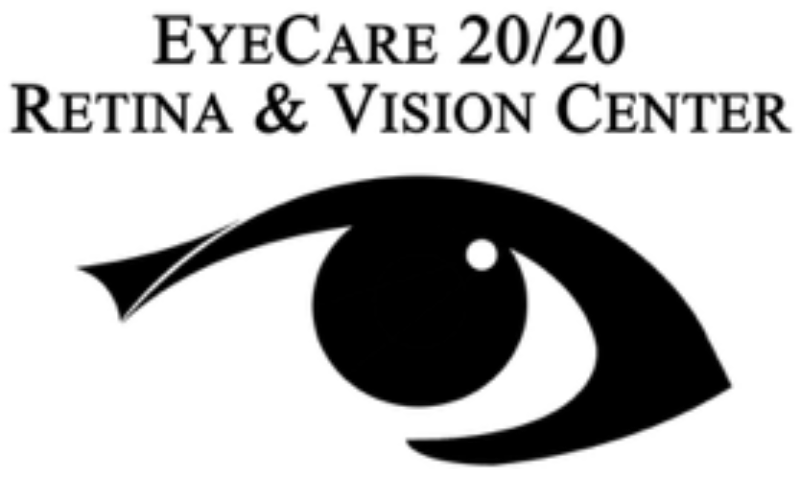Regardless of your age or physical health, a comprehensive eye exam is important for detecting any eye problems at their early stages. Even if you have 20/20 vision, an eye exam can be a measure of overall health. The eyes are the only part of the body where arteries and veins can be viewed without having to perform surgery. Eyecare providers can see signs of stroke, diabetes, cardiovascular disease, brain tumors, multiple sclerosis and more, through an eye exam.
In addition, they can determine whether a person with age-related macular degeneration, diabetic retinopathy, glaucoma, retinitis pigmentosa or cataracts is suffering also from low vision, which is a condition associated with these age-related eye diseases.

